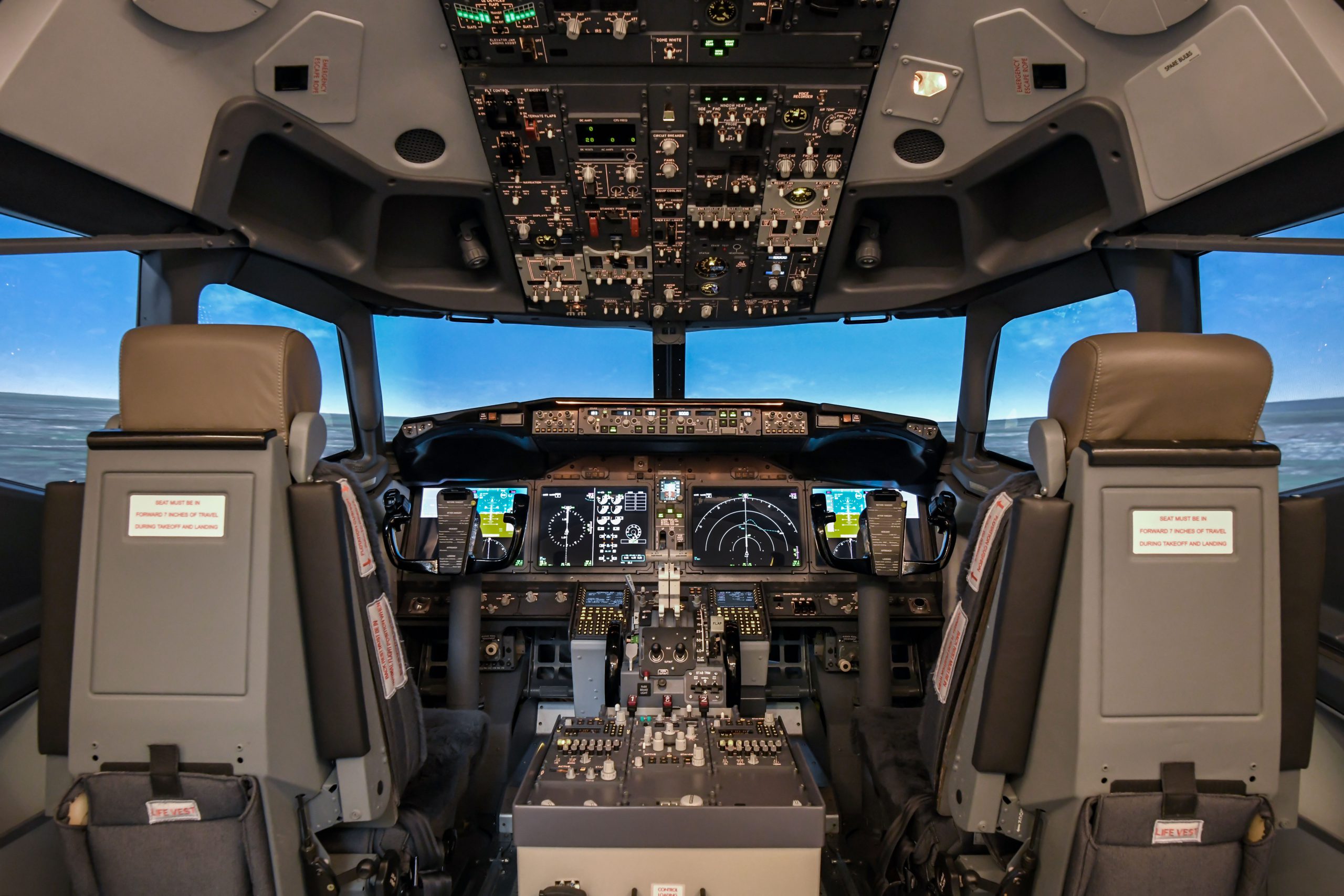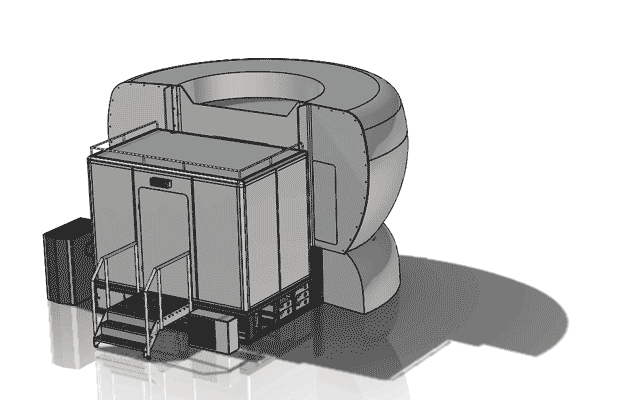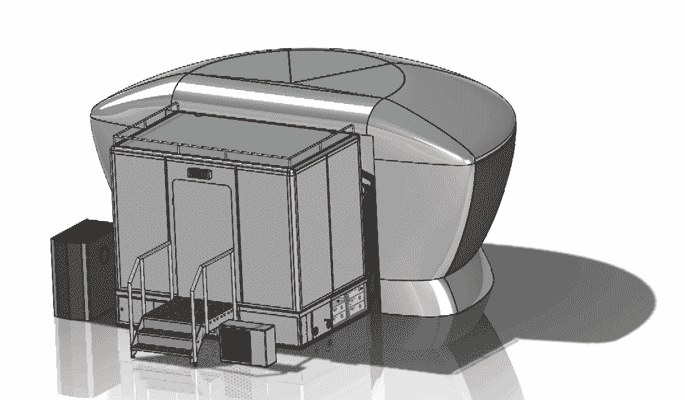For the best training, you want the best device which provides you with the most training credit. MPS, in contrast to other Training Device Manufacturers (TDMs), incorporates this philosophy in its design. Instead of just complying with the minimum regulatory requirements for a specific level of device, we build all our FTDs to the maximum fidelity level to provide the highest amount of training credit.
By removing a single system from our FTD-2 device*, we can provide our customers with a device that for all intents and purposes allows you the same training credit and value of an FTD-2, but for an FTD-1 price, which includes a lower price for the OEM Data. This in turn means that by building smarter, an MPS device user can perform more and higher quality training and get the credit for it at a much lower cost.
In addition, if at any time in the future you require a higher qualification level, the device itself can be upgraded with the OEM Data as well as the additional system, and therefore you do not have to purchase a new device. This is part of why our tagline is “smarter simulators”.
Understanding the differences
Aviation training is a highly regulated part of the industry, and there are many misconceptions about what an MPS Flight Training Device can do for a customer’s training program. An important part of this is the standard of qualification. The question we often receive is: what are the key differences between an MPS FTD level 1 and an MPS FTD level 2?
Regulatory authorities like the FAA and EASA have specific regulations regarding the standards that are implemented across the industry. In this article we will provide additional information about the qualification requirements of Fixed Base Training Devices to allow the best and most extensive use in your operation.
1. FTD-1 and FTD-2 are global terms but not all devices are one and the same.
Regulatory terminology for professional Flight Simulation Training Devices is quite complicated due to the technical complexities of each type of device and the training allowed with it. The terms FTD-1 and FTD-2 are utilized by EASA and aligned regulators and are identified in the latest version of the Certification Specifications – Flight Simulation Training Devices (CS-FSTD). In this document you will find that EASA defines the abbreviation of FTD as the following:
“Flight training device (FTD)’ means a full size replica of a specific aircraft type’s instruments, equipment, panels and controls in an open flight deck/cockpit area or an enclosed aircraft flight deck/cockpit, including the assemblage of equipment and computer software programmes necessary to represent the aircraft in ground and flight conditions to the extent of the systems installed in the device. It does not require a force cueing motion or visual system. It is in compliance with the minimum standards for a specific FTD level of qualification.”
As you may notice, the above identified by EASA is very broad and does not identify actual training credit but rather the bare minimum standards for qualification of an FTD*. However, MPS goes far above and beyond these minimums.
Not only can the terminology be confusing, but it is also constantly changing. The names for simulator qualification levels are about to be modified due to the proposals EASA has made regarding the Rulemaking Task 0196, update of flight simulation training devices requirements, for which I lead the training group.
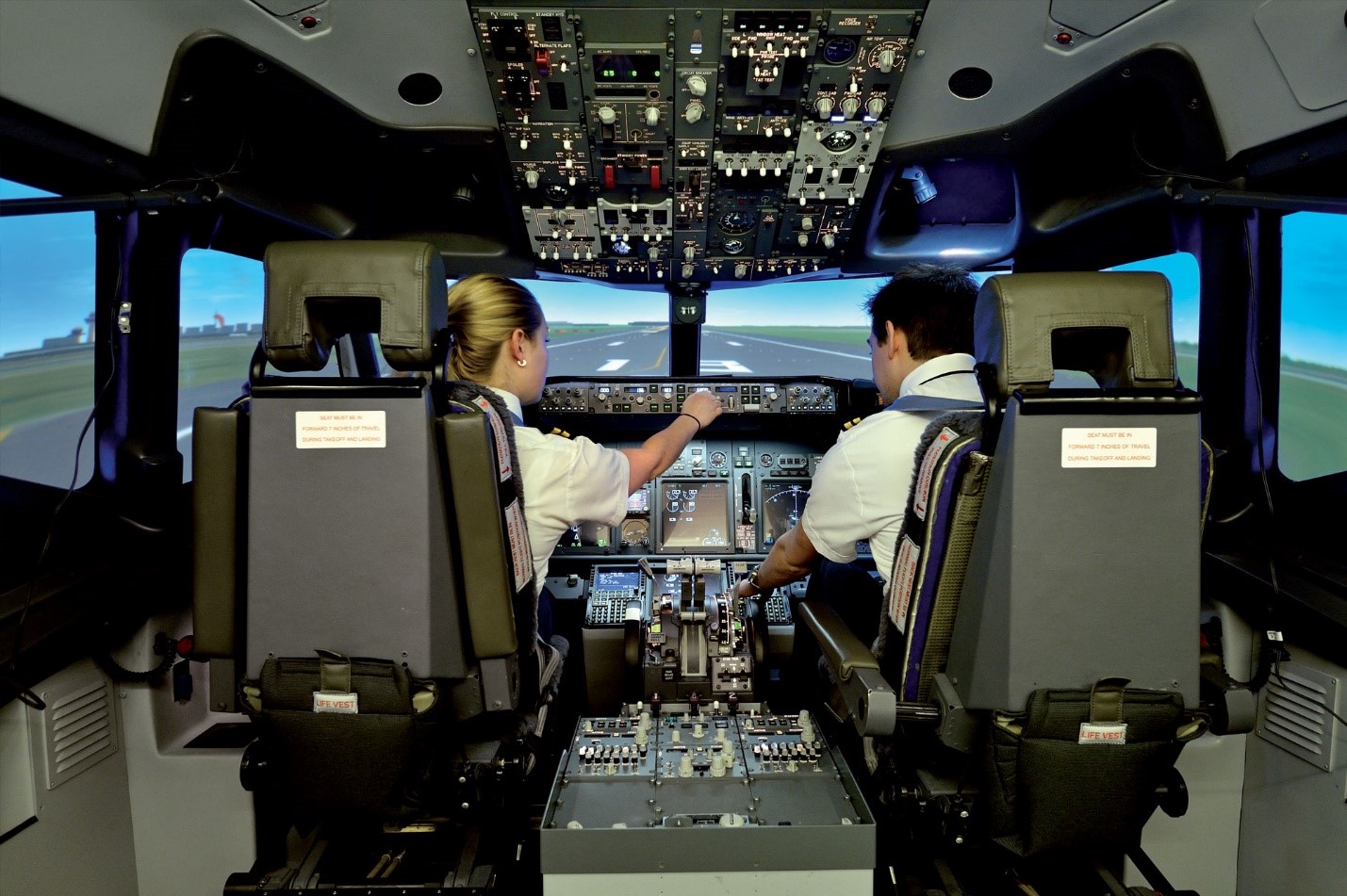
2. Data requirements vary.
The qualification level of an MPS FTD is supported by data from the Original Equipment Manufacturer (OEM), which for MPS are Airbus and Boeing. These organizations make data available to represent their specific airplanes (in MPS’ case, the Airbus A320 ceo and neo series, and the Boeing 737 NG and 737 MAX series).
Depending on the desired level of qualification, a specific amount of data is provided to support the regulatory requirements to qualify the device. For an FTD-1, the requirements are lower, and therefore the cost of the data is also lower. This allows an MPS customer to select the value they need for training credits, knowing that an MPS FTD-1 is built to the same standards and can be upgraded to a higher level FTD-2 when needed by purchasing the higher-level data from the OEM.
3. An FTD-1 simulator qualification requires at least one system to accurately represent the airplane which is being simulated.
While MPS is committed to providing our customers with the highest fidelity possible, from a regulatory compliance point of view, an FTD-1 qualification simply requires the simulator to have at least one system which accurately represents the airplane which is simulated. MPS uses the shell, seats, tactile interfaces and more, creating aircraft-specific flight decks, and therefore going way above and beyond this qualification level requirement. This is why we explain to our customers to not just look at the qualification level of any simulator, but the actual capability and training credit it provides.
4. An FTD-2 simulator qualification requires all systems to represent the airplane which is being simulated.
Simply speaking, compared to an FTD-1 as described above, an FTD-2 requires all systems to represent the airplane which is simulated. An MPS FTD-2 device can be seen as comparable in functionality to a Full Flight Simulator, but without movement. This normally allows an airline or training organization the highest amount of credit towards the required items when training is performed on our device.
5. Additional qualifications exist; FNPT-II/MCC
To train Type Specific exercises, the FTD must meet the requirements presented above. However, there are additional opportunities to use an MPS FTD for wider training purposes. Currently, all MPS FTDs carry the FTD-1 or FTD-2 qualification together with a separate qualification of FNPT-II/MCC. The latter stands for Flight Navigation and Procedure Trainer level 2 with Multi Crew Cooperation qualification. The FNPT-II qualification was first referenced in the Joint Aviation Regulations (JAR), which preceded the current EU requirements.
An FNPT-II was identified as:
“(JAR-STD 3A.035) FNPT II: A ground based training device which represents the flight deck environment of a multi-engine aeroplane type or class to the extent that the systems appear to function as in an aeroplane” ().”
This means that the airplane simulated does not necessarily represent a specific airplane, but rather a group of similar types.
By having an MPS FTD additionally qualified to FNPT-II/MCC standards, the device can be used for a wide variety of training. Required training such as the MCC course, or even the APS/MCC course I have spoken about previously, can all be done in their entirety on our device. This allows a training organization to provide the airlines with a (much) better trained pilot.
Data has shown that increasing the standard of training from a regular MCC course to an Airline Pilot Standards (APS) – MCC course has benefits beyond providing the pilots in training with higher standards. When an APS – MCC course is completed, it gives the training organization or airline a measurably better first officer as the candidate can far surpass the entry level requirements for an airline job. In a way, the APS – MCC can be seen as the smart solution to training to the right competencies, and an MPS FTD can be an integral part of this.
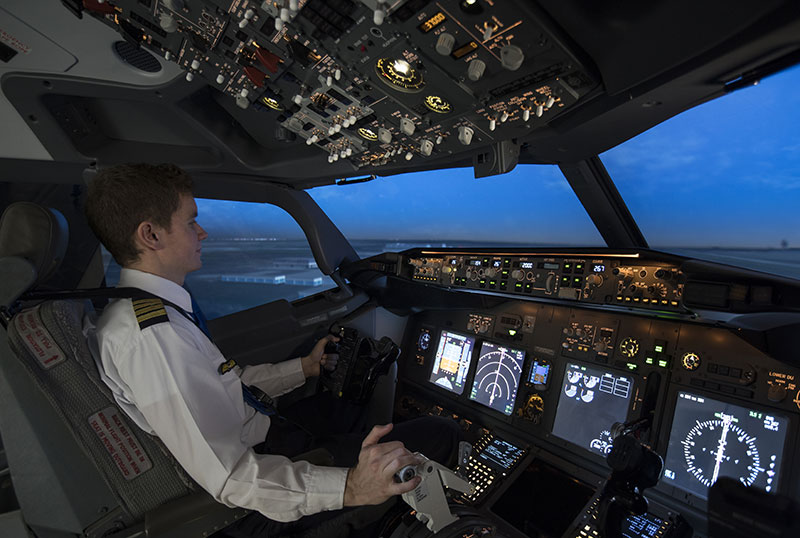
If you have any questions after reading this blog, please let me know via the comments below or contact me via LinkedIn and I will gladly address them in person or via a future blog.
In addition, you can also check out our Frequently Asked Questions page.
Good to know: I will be speaking at APATS in Singapore and will be at the MPS booth 520 from August 29th through 30th, so I look forward to further discussions on this and many other topics!
Philip
Sources:
https://www.easa.europa.eu/et/document-library/certification-specifications/cs-fstda-issue-2
Footnotes:
* Comparison chart between MPS FTD-1 and MPS FTD-2 can be found below:
|
Standard Features:
|
Standard Features:
|
*If you scroll down to page 10 of 184 of the Certification Specifications document, you will find a comparison chart between devices from a minimum regulatory perspective.
